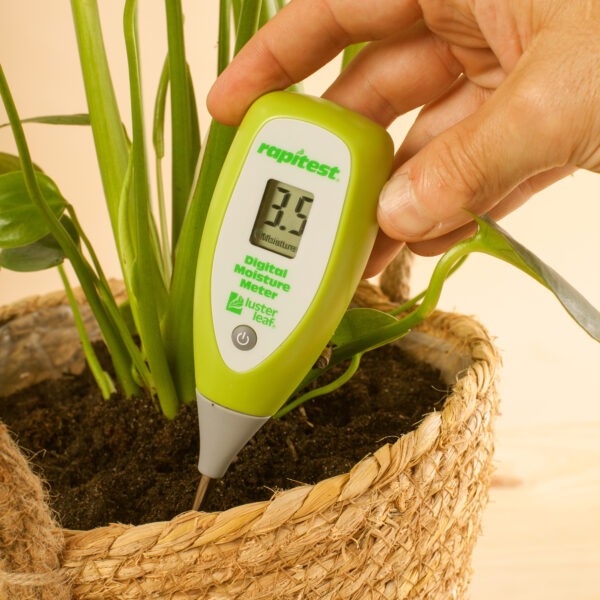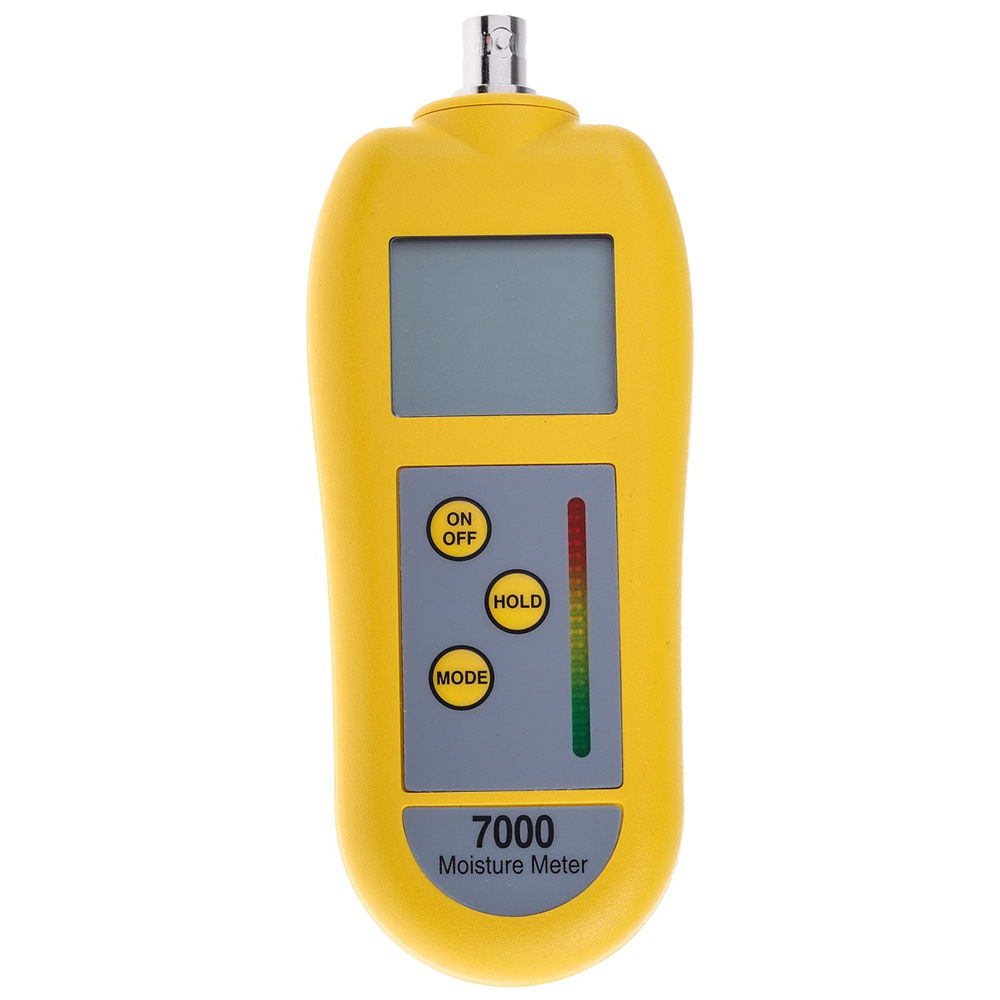Why Every House Owner Demands a Moisture Meter: Trick Benefits and Attributes
Why Every House Owner Demands a Moisture Meter: Trick Benefits and Attributes
Blog Article
Explore the World of Moisture Meters: Everything You Need to Know
In the realm of moisture meters exists a globe of accuracy and functionality that commonly goes undetected. These gadgets, while relatively simple, hold a riches of information that can considerably impact numerous sectors and applications. Recognizing how moisture meters run, the various kinds offered, and their diverse usages can clarify their value in making sure high quality and effectiveness. By checking out the complexities of moisture meters, one can reveal a useful tool that goes beyond simple measurement, supplying understandings that can make a considerable difference in countless fields.
Just How Moisture Meters Job
Moisture meters run by measuring the electric conductivity or capacitance of materials to figure out the moisture web content present - Moisture Meter. These meters are vital tools throughout numerous markets, consisting of farming, woodworking, and construction. By making use of different techniques such as pinless or pin-type innovation, wetness meters provide accurate analyses that aid experts make educated decisions
Pin-type moisture meters function by putting the sharp pins right into the product being tested. On the various other hand, pinless moisture meters make use of electro-magnetic signals to check a bigger area without causing any damage to the product's surface area.
Despite the approach made use of, dampness meters play a crucial duty in preventing concerns such as mold and mildew development, structural damage, or product issues created by excess dampness. Understanding how these meters job is crucial for making certain the top quality and stability of materials in various applications.
Sorts Of Dampness Meters
Offered the essential function moisture meters play in numerous markets, it is necessary to recognize the different kinds readily available to experts for accurately analyzing wetness degrees. There are mainly 2 primary sorts of wetness meters: pinless and pin-type wetness meters.
Pin-type dampness meters use 2 pins that are inserted right into the material being checked to measure the electric resistance in between them. This method is commonly made use of for wood, drywall, and various other structure materials. Pin-type meters give accurate analyses at specific depths, making them excellent for determining dampness gradients.
On the other hand, pinless dampness meters use electromagnetic sensing unit plates to scan a bigger location of the product without triggering any type of damages. This kind is appropriate for promptly scanning large areas and is frequently made use of for flooring, walls, and ceilings. Pinless meters are hassle-free for taking analyses on finished surface areas without leaving any visible marks.
Both kinds of dampness meters have their advantages and are chosen based on the certain needs of the job at hand. Comprehending the distinctions in between these kinds is essential for specialists to make accurate wetness analyses.
Applications Across Industries
Construction specialists rely on wetness meters to analyze the moisture levels in structure products like drywall, concrete, and timber, which is essential for preserving architectural integrity and avoiding concerns like rot or mold and mildew. The flooring market utilizes moisture meters to measure the moisture web content in subfloors prior to mounting numerous floor coverings, stopping pricey problems due to excess moisture. In the food industry, wetness meters are utilized to check and control moisture levels in products such as grains, nuts, and dried fruits to maintain freshness and high quality.
Tips for Utilizing Wetness Meters
When determining the wetness material in various materials,Use the wetness meter's calibration settings to guarantee precise readings. Calibration is important for the proper functioning of a moisture meter. Prior to each usage, it is suggested to examine and readjust the calibration setups according to the certain material being evaluated. Additionally, see to it the meter is readied to the proper dampness variety for the material you are measuring to get one of the most exact results.

When making use of a pin-type dampness meter, place the pins to the proper depth recommended for the product being examined. This makes sure that the wetness readings are taken from the correct depth within the product, giving an extra precise representation of its dampness web content. For pinless wetness meters, remember to maintain correct contact with the material's surface area to obtain trustworthy readings.

Routinely examine and replace the batteries in your dampness meter to avoid inaccurate analyses due to low power. Shop the meter in a risk-free and completely dry location when not in usage to prolong its life-span and maintain its precision. By adhering to these suggestions, you can make the most of the efficiency of your dampness meter and obtain exact dampness content measurements throughout different materials.

Upkeep and Calibration
To ensure the accuracy of wetness web content dimensions, regular maintenance and calibration of the wetness meter are crucial actions in its proper functioning. Calibration changes the wetness see here meter to make sure that it gives reliable and consistent results.
Calibration must be done occasionally, specifically if the dampness meter is made use of regularly or in critical applications where accurate measurements are required. Many wetness meters come with calibration tools or can be adjusted by specialist solutions - Moisture Meter. It is advised to maintain a log of calibration dates and results to track the performance of the moisture meter in time. By adjusting the dampness and keeping meter routinely, users can rely on the precision of the wetness material look at this website measurements obtained.
Final Thought
Finally, dampness meters play a critical function in various sectors by precisely gauging the wetness content of products. Comprehending just how these gadgets function, the various types offered, and proper upkeep and calibration are vital for obtaining trustworthy results. Whether in farming, construction, or production, the use of dampness meters helps make sure quality assurance and effectiveness in procedures.
Construction experts count on dampness meters to evaluate the dampness levels in building products like drywall, concrete, and timber, which is essential for preserving architectural integrity and avoiding concerns like rot or mold and mildew. The flooring industry uses dampness meters to gauge the moisture material in subfloors before setting up numerous flooring treatments, preventing expensive damages due to excess wetness.Make use of the dampness meter's calibration setups to ensure accurate readings when determining the wetness material in important link different products. By adhering to these pointers, you can take full advantage of the efficiency of your wetness meter and acquire exact dampness content measurements across different materials.
In conclusion, moisture meters play an important function in different markets by precisely measuring the moisture content of materials.
Report this page